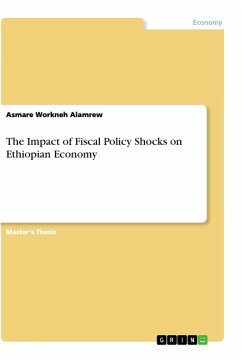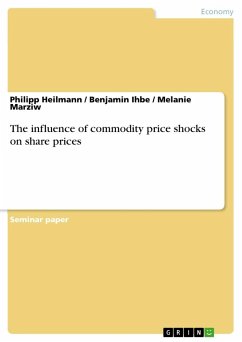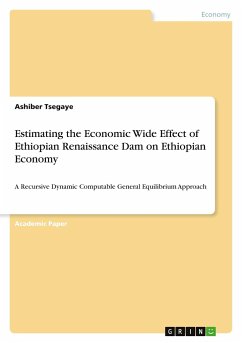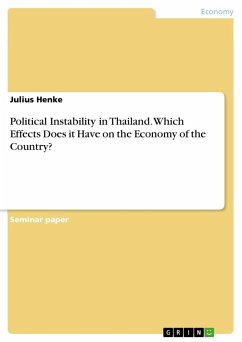Seminar paper from the year 2006 in the subject Economics - Monetary theory and policy, grade: 1,0, University of Frankfurt (Main), language: English, abstract: 1 IntroductionIn the mid 70's people started to doubt the validity of macroeconomic models as they were not able to forecast the worldwide recession due to the oil-price shock. These models needed an a priori seperation into endogenous or exogenous variables. This need for seperation was criticized by Sims (1980), who proposed as solution for this problem a Vector Autoregressive model (VAR). "A VAR is an n-equation, n-variable linear model in which each variable is in turn explained by its own lagged values, plus current and past values of the remaining n-1 variables."1 This offers the possibility that these variables influence each other mutually, which makes each of them endogenous.2Let us put some economic background to these definitions. As we focus on monetary policy, we might be interested in the mutual relation andbehaviour of the interest rate (r) and inflation (). For simplicity we just take these two variables with one lag into account. According to our setup we yield the following equation system:(Die Formeln sind nur in der Download-Version verfügbar)The equation system of (1) and (2) is called the primitive system, where (Ert) and (E(pi)t) are uncorrelated white noise disturbances.2 Building a recursive VARIn this section we will build a recursive VAR step by step. In the first section the primitive system will be transformed into the reduced form VAR. Building on that, we will focus on the identification of the primitive system, which finally will yield us the recursive VAR. Finally we abandon the exogenous assumption about the lag-length which we set for simplicity to one. This will let us end up with the methodology, which will enable us to apply the VAR toolkit to a real world situation.








